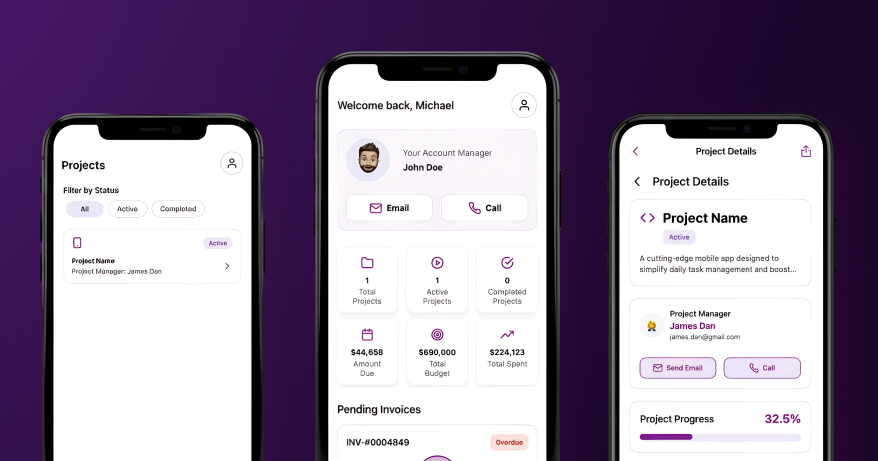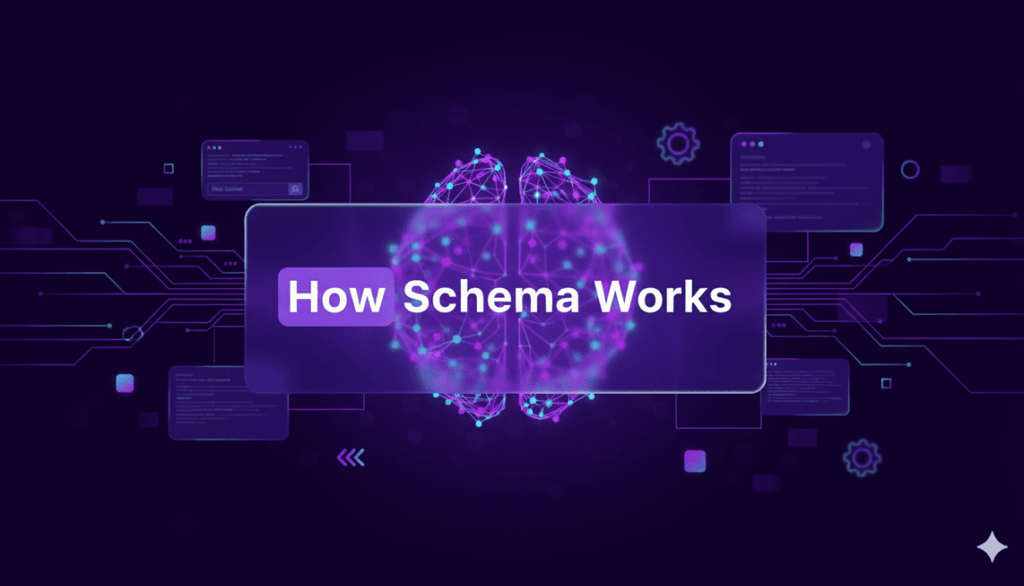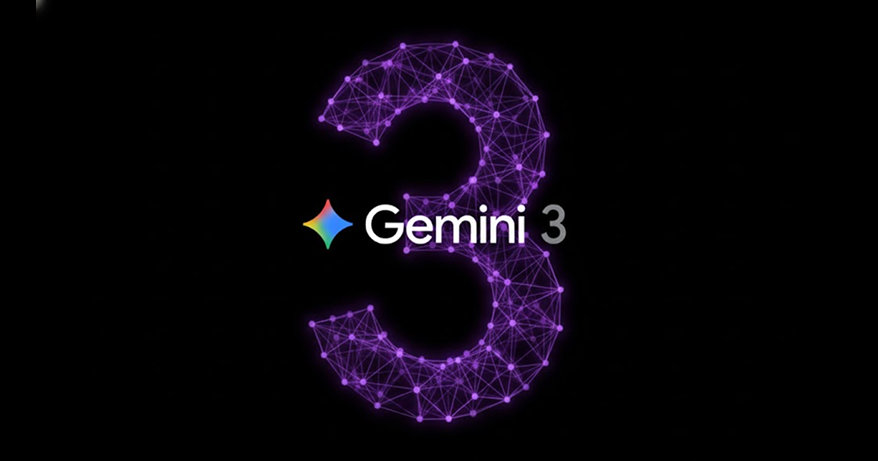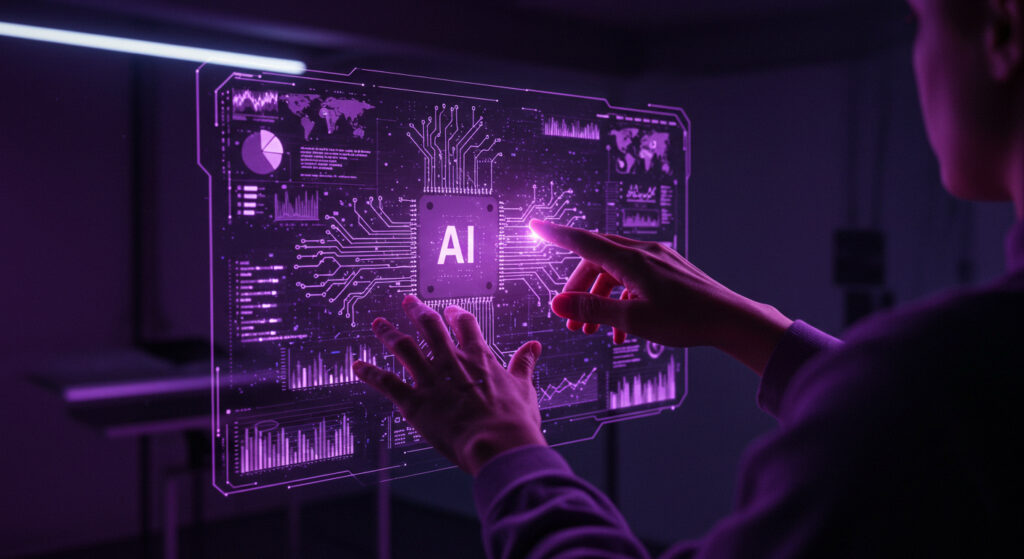Introduction
The launch of Google Stitch, announced at Google I/O on May 20, 2025, marks a turning point in how interfaces are created. Stitch, powered by Gemini 2.5 Pro, transforms text prompts or reference images into finished UI screens and front‑end code in minutes. This rapid advancement raises a significant reality: manual UI design is being fast replaced.
1. Vibe coding is rewriting the rules
Stitch introduces “vibe coding,” where natural language drives UI creation. There is no need for wireframes, style guides, or manual component design. Designers simply describe a mood, function, or aesthetic—and Stitch produces HTML, CSS, and Figma‑ready layouts in seconds. Traditional processes—creating designs in Figma and collaborating with developers—are now condensed into a single command.
2. Advantage or risk? The speed trade‑off
Stitch offers undeniable benefits:
-
- Rapid prototyping of multiple UI variations
- Direct exports to Figma with auto‑layout intact
- Usable front‑end code ready for implementation
However, limitations remain. Early adopters report redundant designs, inconsistent screen flows, and poor rendering of images or charts. Feedback from designers includes:
“Initial versions were okay-ish but once I tried to modify them it returned the same design, claiming it was ‘done.’”
While Stitch accelerates prototyping, it is not yet a full replacement for precise UI craftsmanship.
3. How to succeed in this new environment
Stitch elevates the importance of prompt expertise, UX strategy, and brand coherence:
-
- Prompt engineering becomes as essential as traditional design skills.
- Human judgment in information architecture, user flow, and typography continues to shape the experience.
- Stitch handles routine layouts, enabling designers to focus on higher-value research and creative work.
4. Are UI designers actually obsolete?
Definitely not. The role of UI designers is evolving, not vanishing. Stitch disrupts repetitive tasks, but strategy, research, and complex interaction design remain irreplaceable. Specifically, Stitch:
-
- Automates early-stage design tasks
- Requires oversight and iteration from designers
- Rewards professionals who balance AI efficiency with strategic thinking
5. Toward AI–human design harmony
The future of UI design will follow this hybrid process:
-
- Initiate with AI-generated drafts from text or image input
- Refine prompts to align with brand, flow, and usability
- Polish layouts, typography, and accessibility in Figma
- Utilize Stitch’s exported code as a foundation for developers
- Conduct user testing to validate experience and refine interactions
Prompt engineering, oversight, and UX judgment will become core competencies for designers.
Performance indicators and ROI
Early adopters have reported a 50 to 70 percent reduction in turnaround time for initial UI mocks. This efficiency gains allows teams to allocate 30 to 40 percent more effort to usability reviews and maintaining brand consistency. The return on investment is visible:
-
- Faster iteration cycles and reduced time to market
- Better design-to-development alignment, resulting in fewer handoff errors
- More capacity for strategic design activities and improved user experiences
Conclusion
Stitch signals the end of manual drag‑and‑drop UI design. However, the designer’s role is not disappearing; it is transforming. Those who embrace an AI-augmented workflow—combining prompt engineering with strategic insight—will not just survive but thrive.
Your turn
Ready to take your UI process to the next level with AI-powered design? Reach out to 247labs today to join our Stitch test-playground—get access to exclusive prompt-engineering workshops, real-world ROI benchmarks (time-to-market, handoff errors, design capacity), and a free trial setup that integrates Google Stitch into your existing Figma + dev workflow. Let’s redefine what fast, polished, brand-driven UI looks like—together.





